- 972-347-0724
- 972-347-0724

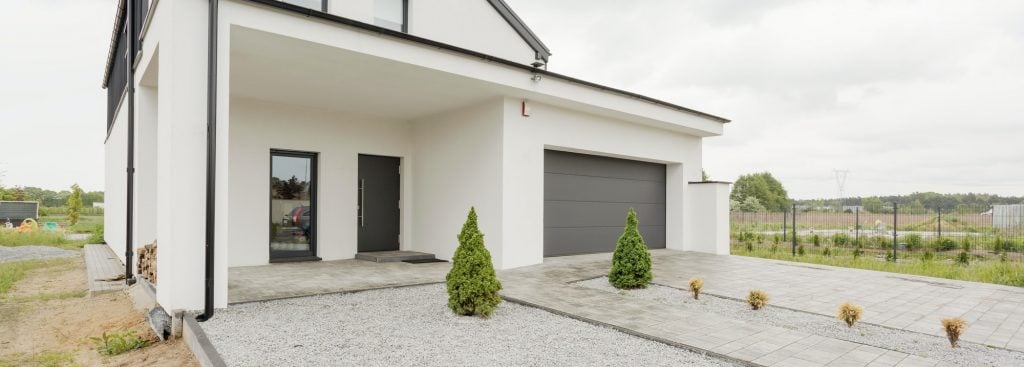
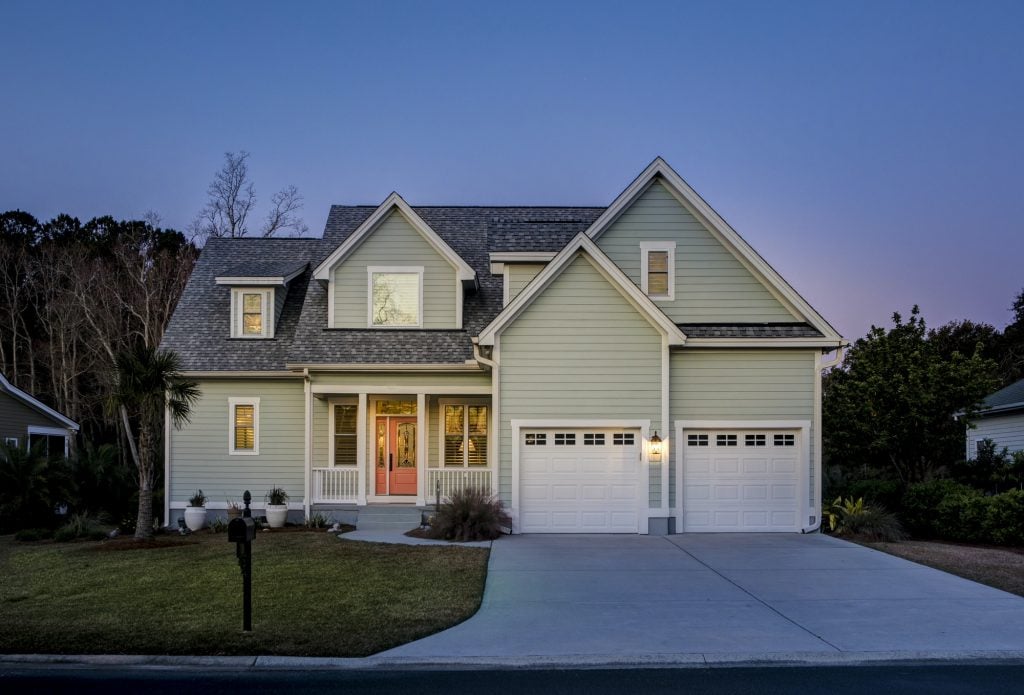
Welcome to Veteran Garage Door Repair in Corinth TX
Corinth homeowners trust Veteran Garage Door for exceptional repair services that address all their garage door needs. Our team of certified technicians brings expertise and efficiency to every job, quickly diagnosing issues and implementing lasting solutions that minimize disruption to your daily routine. Whether you’re facing problems with openers, springs, tracks, or panels, we deliver professional service and quality workmanship that restores your garage door’s functionality and extends its lifespan. We serve 76208, 76210 Zip codes and near by cities of Shady Shores, Hickory Creek, Lake Dallas and Denton
A properly working garage door is essential for both home security and daily convenience. The region’s challenging climate, from scorching summers to unexpected winter storms, can put extra strain on garage door systems. A reliable door not only safeguards your vehicles and belongings but also plays a significant role in your home’s overall energy performance. Our technicians have specific knowledge of how Corinth’s weather patterns affect garage door operation and durability, allowing us to provide targeted maintenance and repairs that address these unique local challenges.
Contact Veteran Garage Door today for professional garage door repairs in Corinth! Call 972-347-0724 now!
Garage door springs are pivotal for the door’s operation. They manage the heavy weight of the door, making it easier to open and close. When a spring breaks, it can lead to severe operational failures that can leave your door inoperable or, worse, cause accidents. Prompt repairs are essential to safeguard your home and ensure a smooth operation.
Torsion springs represent the most sophisticated spring system in modern garage doors, positioned horizontally above the door opening along a metal shaft. These specialized components work by using torque (rotational force) rather than extension, storing energy as they twist when the door closes and releasing that energy to assist in lifting when the door opens.
These hardworking components handle the majority of your door’s weight—often 150-300 pounds for standard residential doors. Each time your door cycles, the springs wind and unwind, gradually weakening the metal through metal fatigue. Most residential torsion springs are rated for 10,000-15,000 cycles, translating to approximately 7-10 years of normal use.
When a torsion spring begins to fail, you’ll notice distinctive symptoms:
Replacing torsion springs is one of the most dangerous garage door repairs, requiring specialized tools and expertise:
Tools needed:
Replacement parts:
The extraordinary tension in these springs (equivalent to hundreds of pounds of force) makes DIY replacement extremely dangerous. Improperly handled torsion springs can cause severe injuries, including facial trauma, broken bones, deep lacerations, and even fatalities. Additionally, an incorrectly installed spring can lead to premature door failure or sudden door collapse.
Our professional technicians undergo extensive training specifically for torsion spring systems and carry the proper equipment to safely and correctly complete this critical repair.
When we replace torsion springs, we also conduct a comprehensive door system inspection to identify any related issues with cables, drums, or bearings that might compromise your door’s safety or performance.
Extension springs work alongside the door tracks on either side of your garage door, providing the counterbalance force needed to safely operate your door. Unlike torsion springs that twist to generate force, extension springs function by stretching and contracting as the door moves, storing energy as they elongate when the door closes and using that tension to help lift the door when it opens.
These springs are easily visible, running parallel to the horizontal tracks above your garage door when it’s closed. Most extension spring systems include:
Extension springs are categorized by their stretching capacity and wire thickness, with different ratings designed to match specific door weights. They’re commonly found on older garage door installations and lighter door models.
Extension springs endure significant stress with each door cycle, making regular inspection essential. Look for these warning signs that indicate potential failure:
Replacing extension springs requires specific tools and safety protocols:
Tools needed:
Replacement components:
Professional technicians approach extension spring replacement with caution, first securing the door in the fully open position to minimize tension on the springs. They’ll disconnect the springs from the track hanger and pulley system, carefully controlling the stored energy. After installing new springs with proper safety cables, they’ll verify equal tension on both sides to ensure balanced operation.
While both spring types serve the same purpose—counterbalancing your door’s weight—they differ significantly:
We are equipped to service both spring types, providing expert guidance on which system might better suit your specific needs if replacement becomes necessary.
The labor involved is technically demanding and hazardous. Technicians must carefully calculate the correct spring specifications based on door weight and dimensions. During replacement, they must safely unwind any remaining tension in the old spring before removal, then precisely wind the new spring to achieve the correct tension—typically 7-8 complete turns for a standard residential door.
Recently, our team was called to a home in the bustling neighborhood of Oakmont in Corinth to remedy a broken torsion spring. The homeowner reported their garage door had become increasingly difficult to operate, and upon inspection, we discovered that the torsion spring had completely snapped. Our technicians replaced the damaged spring with a new, high-quality torsion spring and ensured all systems were checked and aligned. The door now operates smoothly, providing the homeowners peace of mind knowing their garage is secure and functional. Our swift response and effective repair highlighted our dedication to excellent service in the local community.
Yes, garage doors are typically covered under homeowners insurance policies if they are damaged due to specific perils, such as fire, theft, or natural disasters. However, general wear and tear or damage from lack of maintenance usually won’t be covered. It’s important to review your insurance policy’s specifics and consult with your insurance agent to understand what is and isn’t covered to ensure adequate protection for your garage door.
The duration of a garage door repair can depend on the complexity of the issue. Simple repairs, such as replacing broken rollers or a malfunctioning opener, typically take 1 to 2 hours. More complicated repairs, like spring replacements or significant structural issues, may require several hours to complete. For an accurate estimate of the repair time, it’s advisable to consult with a professional who can assess the situation directly.
A garage door’s lifespan generally ranges between 15 to 30 years, depending on its material, usage, and maintenance. Steel doors usually last around 20 years, while wooden doors may require replacement sooner if not properly maintained. Regular maintenance can extend the lifespan of the door, but signs of wear and tear, frequent repairs, or operational issues frequently indicate that it might be time for a replacement.
Regular maintenance for garage doors includes inspecting the door’s parts, lubricating components like rollers and hinges, tightening bolts and screws, testing and aligning safety sensors, and checking the door balance. It’s advisable to perform maintenance checks at least once a year or more frequently for doors that are used regularly. This routine care helps prevent malfunctions and extends the door’s lifespan.
When a garage door spring breaks, it prevents the door from functioning correctly; the door may refuse to open or close. Broken springs create a significant safety hazard, as the door can fall or become unbalanced without the spring’s tension. Homeowners should never attempt to operate the garage door with a broken spring. It is highly recommended to contact a professional to assess the situation and perform the necessary repairs, as handling springs can be dangerous due to the high tension they contain.
If your Genie garage door opener isn’t functioning properly, look for signs such as the door not responding to the remote, unusual sounds during operation, or the door reversing unexpectedly. Make sure the power source is intact and that the sensors are clean and aligned. If troubleshooting does not resolve the issue, it’s best to consult a professional for a thorough diagnosis and repair.
If your garage door springs are making a loud noise, it may indicate that they are worn or need lubrication. Check to see if they have rust or corrosion. Regularly maintaining springs by lubricating them can prevent noise and possible breaks. Consult a professional if the noise persists, as it could be a sign that they need to be replaced.
The proprietary Wayne Dalton idrive system uses unique frequencies that aren’t compatible with most universal remotes. You’ll need to purchase Wayne Dalton branded remotes or, in some cases, upgrade to a newer opener system.
This is usually caused by misaligned or blocked safety sensors, incorrect force settings, or mechanical issues with the door itself. Check sensor alignment (LED lights should be solid), adjust force settings if needed, and ensure the door moves freely on its tracks.
The most common cause is a stripped gear in the carriage assembly. Check if the carriage moves while the motor runs. If not, the carriage likely needs replacement. Also ensure the door isn’t locked manually and that the emergency release cord hasn’t been pulled.
Locate the up and down adjustment screws on the side of the motor unit. Using a flathead screwdriver, turn the up adjustment clockwise to increase upward travel or the down adjustment counterclockwise to increase downward travel. Test after each adjustment.
Press the “Learn” button on your opener until the LED light turns on, then press the button on your remote within 30 seconds. The opener light will blink or you’ll hear a click confirming successful programming.
| Do This | What & Why |
| Conduct regular maintenance checks. | Inspect springs, cables, rollers, and tracks monthly for signs of wear or damage. Apply lubricant to moving parts every 3-6 months to prevent excessive strain on the door opener and extend the life of your components. |
| Ensure the garage door is balanced. | A properly balanced garage door is vital for smooth operation. Periodically test the door by disconnecting the opener and manually raising it halfway; it should remain in position if correctly balanced. |
| Replace worn-out parts promptly. | If you notice signs of wear or malfunctioning parts, such as noisy operations or visible damage, consult a professional to replace these components before they lead to more significant issues. |
| Don't Do This | What & Why |
| Don't ignore unusual noises or performance issues. | Strange sounds, such as grinding, scraping, or popping, or a door that moves unevenly are early warning signs of potentially serious problems. Addressing them promptly prevents costlier repairs later. |
| Don't attempt to repair springs yourself. | Garage door springs are under extreme tension and can cause severe injuries if handled improperly. Always hire a professional for spring repairs to ensure your safety. |
| Don't rely on temporary fixes. | While a quick fix may seem convenient, it can lead to more significant issues down the line. Always resolve the root cause of problems with a professional's help. |
Effective garage door spring maintenance is essential for safety and performance. Regular inspections and timely repairs can extend your door’s lifespan, bolstering its functionality and ensuring safety.
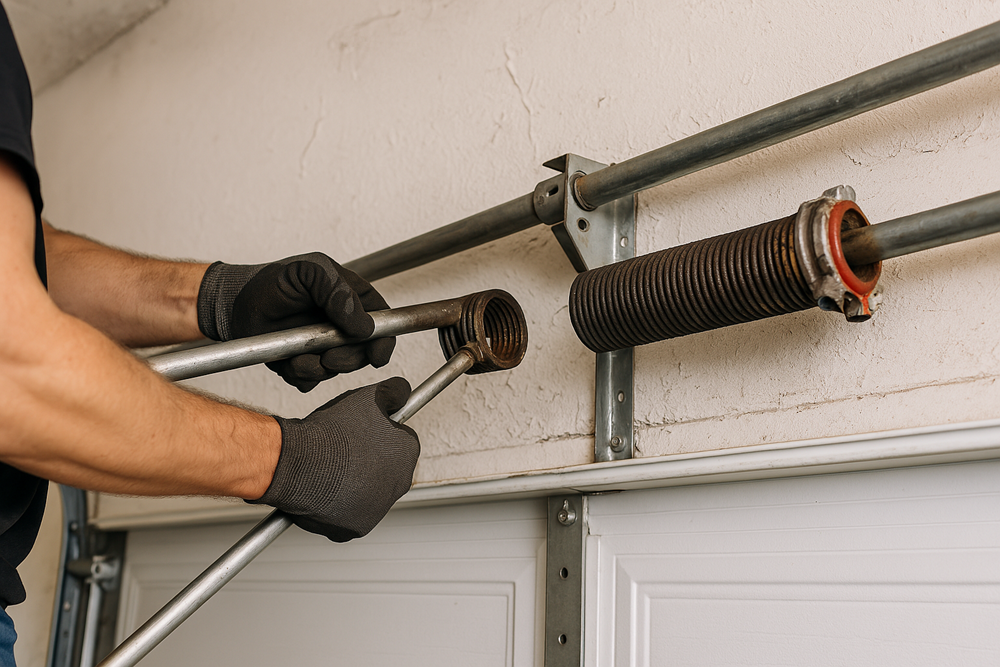
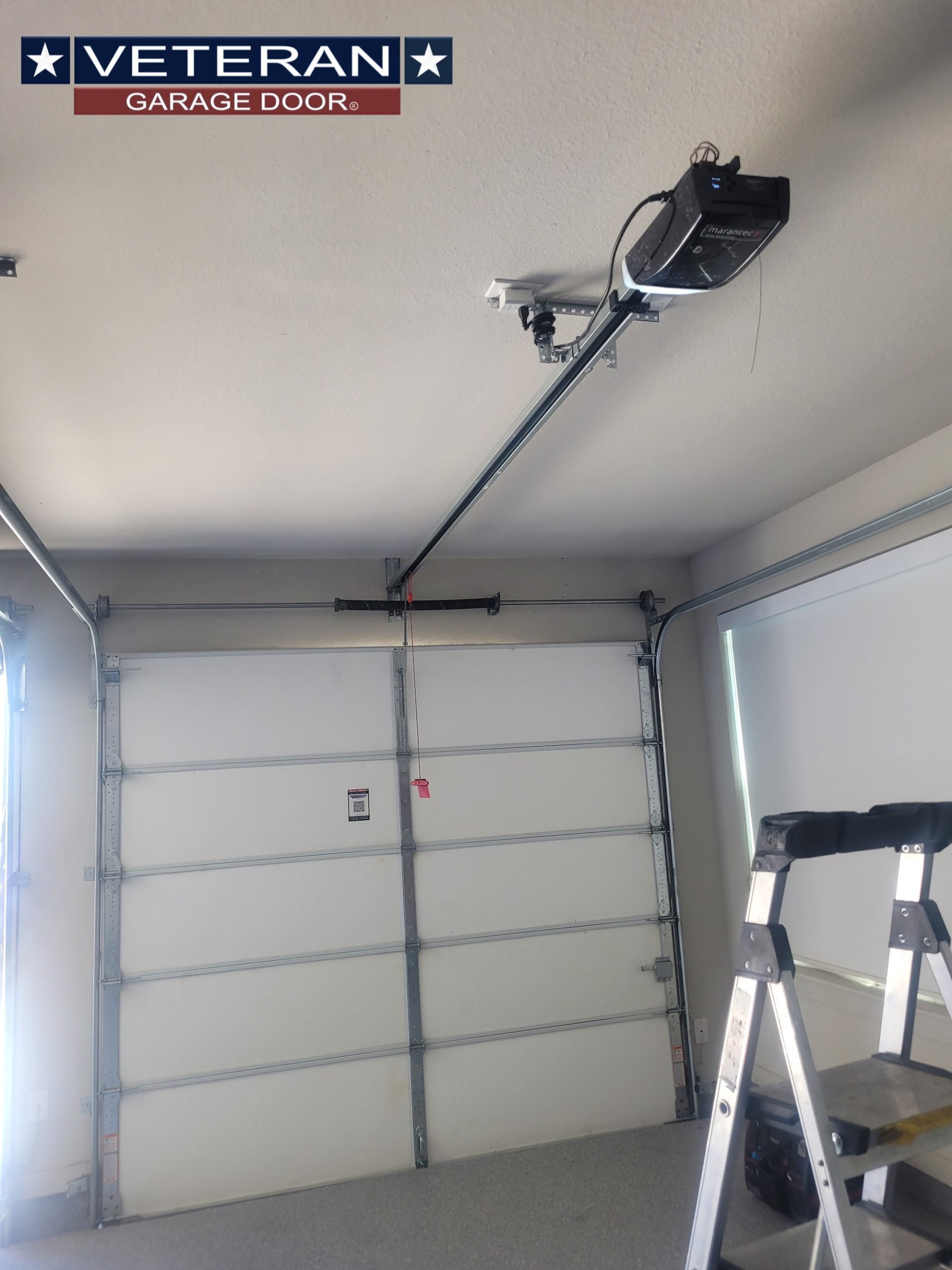
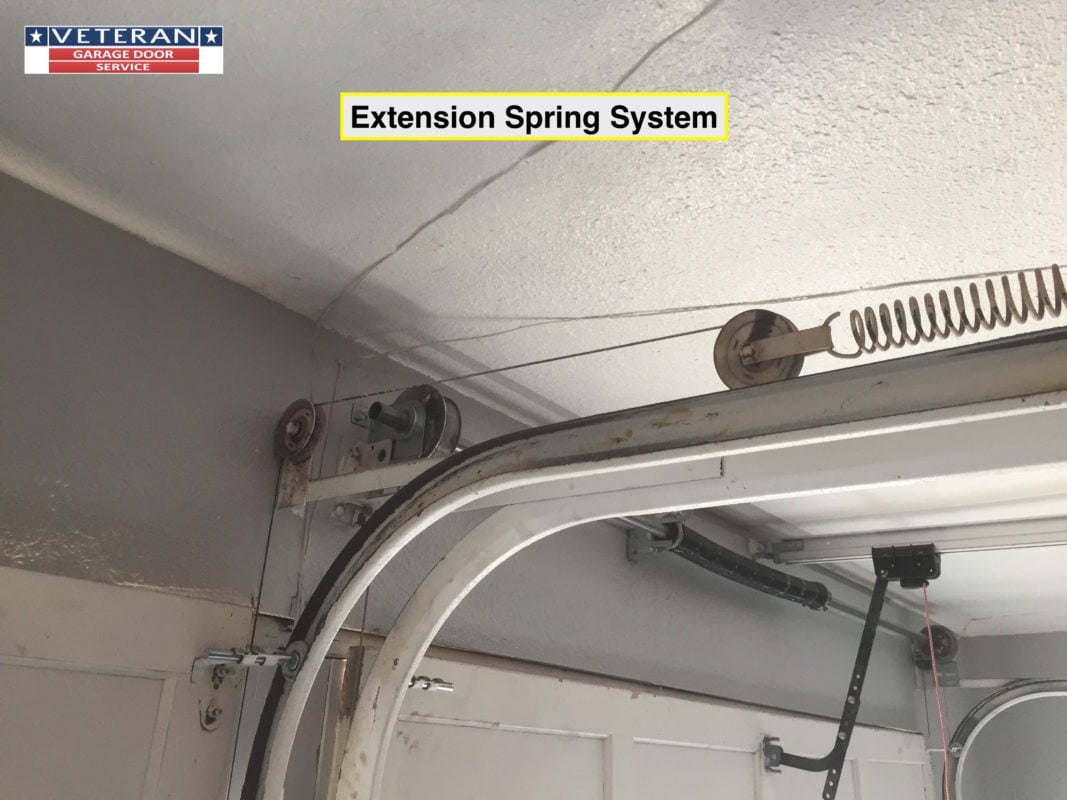

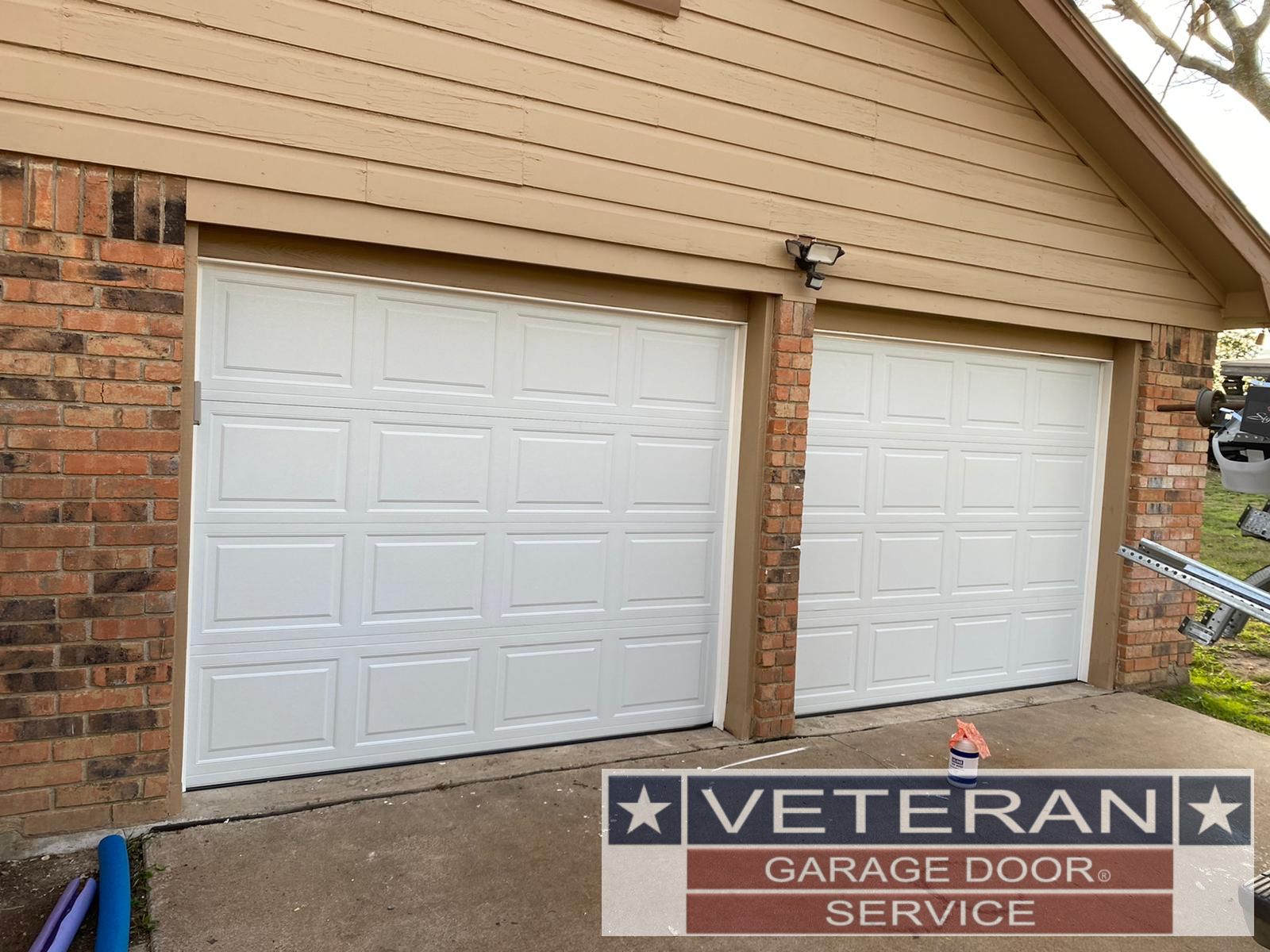
Always wear protective gear and ensure the garage door is secure before starting any repairs. If unsure, don’t hesitate to call a professional to handle spring repairs, as these can be hazardous due to high tension.
Contact Veteran Garage Door today for professional garage door repairs in Corinth! Call 972-347-0724 now!
| City | County | Zip-codes |
| Corinth | Denton | 76208,76210 |
Corinth boasts numerous parks and recreational facilities, including the popular Corinth Community Park, which offers various outdoor activities.
Corinth is served by the highly rated Lake Dallas Independent School District, known for its commitment to education and student development.
The city hosts several community events throughout the year, including the annual Fourth of July celebration that attracts families from all over.
Corinth is just a short drive away from Lake Lewisville, providing plenty of opportunities for boating, fishing, and outdoor fun.
Corinth has experienced steady growth in recent years, making it an attractive area for families seeking a suburban lifestyle with access to metro amenities.
| Nearby City | Link to City |
| Lake Dallas | Lake Dallas Garage Door Repair |
| Shady Shores | Shady Shores Garage Door Repair |
| Hickory Creek | Hickory Creek Garage Door Repair |
| Denton | Denton Garage Door Repair |
| Lakewood Village | Lakewood Village Garage Door Repair |
| Cross Roads | Cross Roads Garage Door Repair |
Weather Seal, Vinyl Trim And Garage Door Threshold
Garage Door Opener Safety Eyes Sensors
What is the best garage door opener for a commercial door?
Rollup Doors Replace vs. Repair
High Lift Garage Doors Conversion
Garage Door Drums – Veteran Garage Door
How to Frame a Garage Door Opening
Difference between LiftMaster 8500W and 8500
How do I know which logic board my opener needs?
What type of opener is best for a heavy wood garage door?
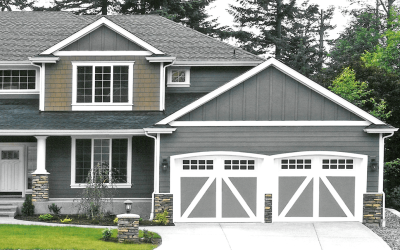
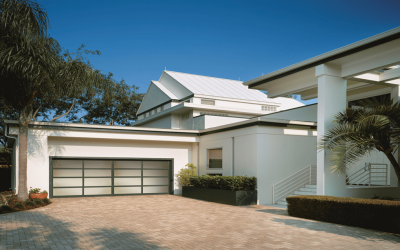

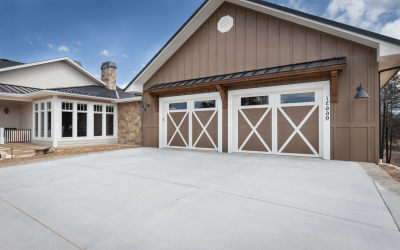

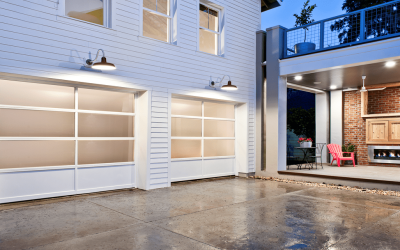

Fill your details and a representative will get back to you shortly.